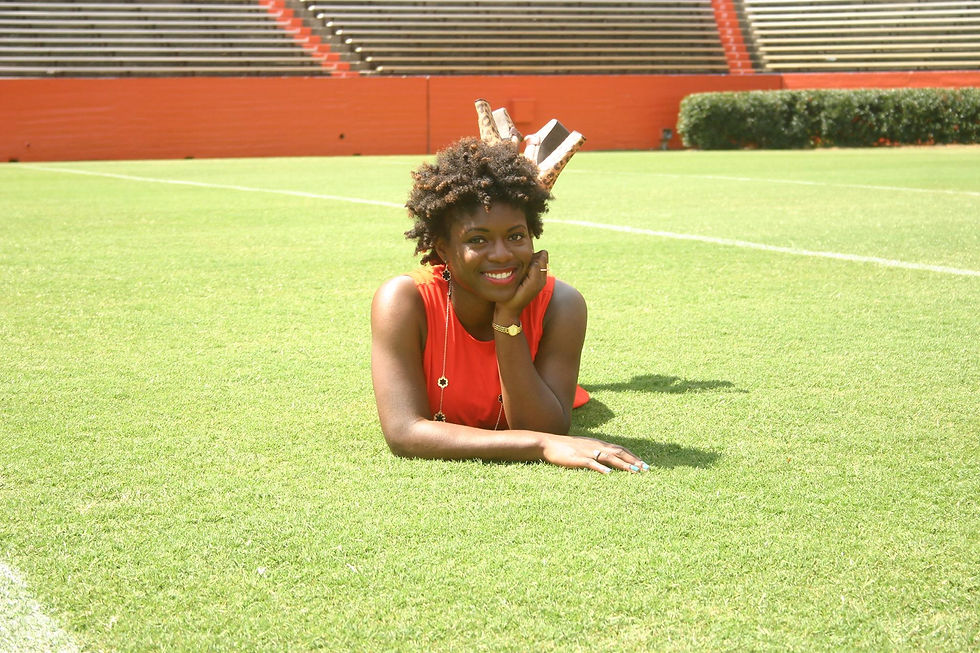


Michelle Hylton
Educator - Lifelong Learner
Differentiated Instrustion- Case Study #2
This lesson is part of a science unit designed to approach the following standards:
CCSS.ELA-LITERACY.W.3.3- Write narratives to develop real or imagined experiences or events using effective technique, descriptive details, and clear event sequences.
CCSS.ELA-LITERACY.W.3.3.A- Establish a situation and introduce a narrator and/or characters; organize an event sequence that unfolds naturally.
CCSS.ELA-LITERACY.W.3.3.B- Use dialogue and descriptions of actions, thoughts, and feelings to develop experiences and events or show the response of characters to situations.
CCSS.ELA-LITERACY.W.3.3.C- Use temporal words and phrases to signal event order.
CCSS.ELA-LITERACY.W.3.3.D- Provide a sense of closure.
At the end of this lesson, students will:
-
publish an original narrative.
-
create at least three images to support the published narrative.
Prior to the lesson, the students planned, drafted, and revised a multi-pages narrative focusing on descriptive details, narrative sequence (especially temporal words and phrases), and crafting a natural conclusion. The written pieces are now ready for final publishing, and the teacher designs a lesson wherein the students are supporting their writing by drawing pictures that represent the problem that drives the story, the solution to that problem, and at least one other major event.
Differentiation:
Process and Interest- This lesson would be adapted by differentiating the process and interest. At the beginning of the lesson, the teacher will use a PowerPoint presentation by way of the SMARTboard to reflect on what students’ have done thus far and explain to students their expectations and responsibilities for today’s lesson. In essence that student narratives are ready for publishing it is essential that we add illustrations to help our readers visualize our stories. To help students prepare for their illustrations, each student will receive their iPad and will brainstorm ideas using either Microsoft Word or Stickies. After about 5-7 minutes, students will partner with another individual that has written a narrative of similar interest to theirs and will take about 3-5 minutes to discuss with their partner their narrative’s three main events and their ideas for illustrations. The other partner will do the same for another 3-5 minutes. Throughout this time, students will also contribute one idea of illustration to each of their partner’s main events. This brainstorming activity is differentiated in that it gives students an opportunity to work both independently and collaboratively so that their thinking is shared and supported by other members of the classroom community. Although partners will be of similar interest, it will also be of mixed ability so that students who are of higher ability can support ELLs and students of lower reading ability in their thinking. The teacher will also be faciltaiting the classroom while students are working both independently and collabratively to guide students as needed. Following brainstorming, students will begin their narrative illustrations. Students will have the choice to choose the process of what they will take in publishing their narratives with illustrations. For example, they can personally draw their illustrations, then scan and upload them to Microsoft Word or Google Doc with their typed narrative. Or they can use Storybird to publish their narratives. Once students' narratives are completed with illustrations, they will meet once again with their partner to review one another stories, making any corrections to the text if needed. Once they have reviewed one another's narratives, students will upload their narrative to the class website so that I can evaluate their work, but also so that caregivers and peers can delight in the beauty of their published work.